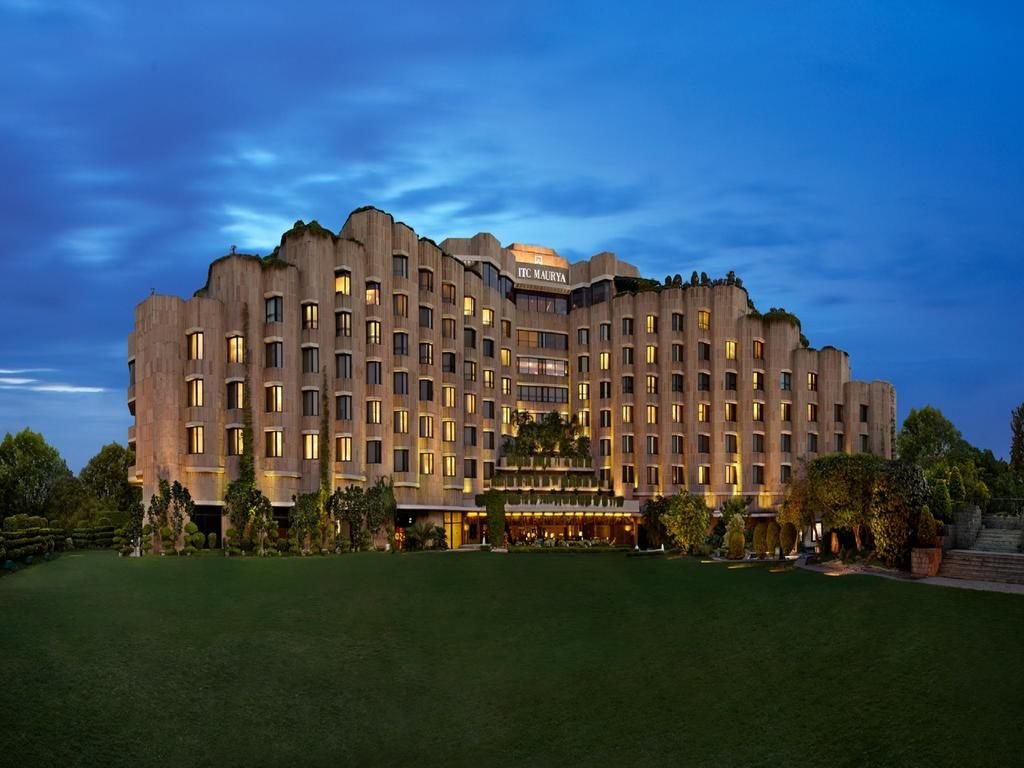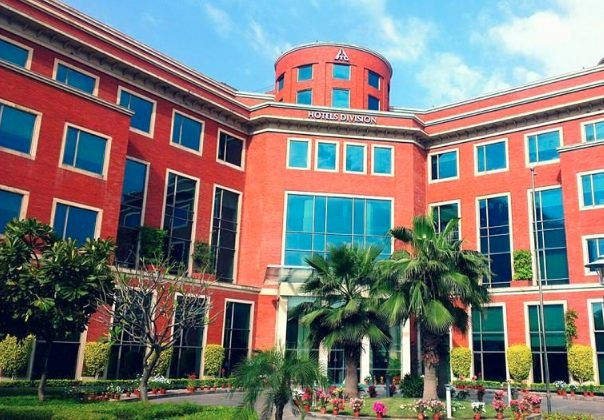Environmental diminution is the biggest concern of 21st. Century. The organizations and people around the world are actively contributing towards spreading the awareness about present environmental hazards and their preventive measures. One such measure is to reduce your carbon footprint, by limiting yourself from any action which leads to the emission of carbon dioxide in the environment. “Go Green” is a famous slogan which refers to saving the planet by practicing environment-friendly activities, like reducing the use of paper to save trees. Going one step further, India is promoting the construction of Green Buildings, which is a proven blessing for the environment around the world.
Within the current scenario of global warming, increased levels of pollution, deforestation, exploitation of natural resources and extravagant mining, “Go Green” is the only slogan that is echoing around the world. The Green buildings initiative in India is the most suitable idea for saving our mother earth.
Green buildings refer to the construction of structures using recycled materials and the buildings must support resource-efficient processes, throughout its life.
The Milestones
The Indian Green Building Council (IGBC) is the highest body that provides green building certifications for environment friendly construction and allied services. Formed by Confederation of Indian Industry (CII) in 2001, its council is based out of the CII Green Business Centre, Hyderabad, which is India’s 1st Platinum-rated green building.
In this quest for providing sustainable building structures, the IGBC has so far registered 4,400+ national and international projects, which amounts to a total footprint of 4.72 billion sq. ft.
The projects made in accordance with IGBC ratings have demonstrated tremendous savings, in various aspects:
- 15,000 MWh of Energy per million sq. ft. per annum
- 45,000 KL of Water per million sq. ft. per annum
- Installation of 30 MW of Renewable Energy
- CO2 emissions reduced by 12,000 tons per million sq. ft. per annum
- 500 Tons of construction waste was diverted from landfill, per million sq. ft.
India occupies the third position in the global listing for the Top Ten Countries for LEED (Leadership in Energy and Environmental Design), the most widely used green building rating system in the world.
Top 7 Famous Green Buildings of India
-
Suzlon One Earth, Pune
Charles Benninger designed Suzlon One Earth, Pune structure in such a way that 90% of the building receives natural daylight. It has received its LEED Platinum rating in the year 2010. The efficient ventilation system of the building regulates fresh air thus reducing the consumption of artificial energy.
-
CII- Sohrabji Godrej Green Business Centre, Hyderabad
This is the first LEED Platinum certified building in India. The vegetation on the roof of the building helps in keeping the optimum temperatures. With the installation of the large array of solar panels, the building can generate around 100-120 units of electricity. Undoubtedly, it is one of India’s most energy-efficient buildings. It was also India’s first LEED Platinum certified building.
-
ITC Maurya, New Delhi
Hotels experience a heavy wastage and exploitation of resources like water, food, etc. To contradict this, ITC Maurya recycles over 90% of its waste and is one of the first and largest LEED Platinum rated hotels on the planet. It is awarded numerous awards for being an eco-friendly hotel in India.
-
Jawaharlal Nehru Bhawan, New Delhi
The office of Ministry of External Affairs, Jawaharlal Nehru Bhawan is a great example of a building that depicts a mix of traditional as well as modern methods of having an energy-efficient building. It reduces air conditioning requirements of the building by 30% by crafting insulated walls, keeping it cool during summers. Due to the reflecting panels, the building does not get heated in summers and remains warm in winters. On top of that, the efficient waste management and recycling makes the best use of the available resources.
-
ITC Green Centre, Gurgaon
ITC Green Centre also uses green and sustainable building techniques. It has significantly lowered the rate of energy consumption with the use of double glazed windows, which do not allow heat to enter the building, hence maintaining the required temperature. Their actions have earned them the prestigious LEED certification by USGBC-LEED.
-
Infinity Benchmark, Kolkata
Yet another LEED certificate holder, Infinity Benchmark, has innovated to reduce the pollution levels, by developing energy efficient electric vehicles. There were CO2 monitoring sensors installed in various petrol or diesel-driven vehicles which alarms warning when CO2 levels rise. The building has insulated walls to regulate the temperatures, reducing the need for artificial cooling or heating.
-
Patni (i-GATE) Knowledge Center, Noida
Patni (i-GATE) Knowledge Center in Noida has incorporated the architectural and mechanical/ electrical strategies, which would minimize energy consumption. The design of the building captures the sunshine for most of the building’s inside area. This reduces wastage of light energy during sufficient daylight. The area around the building has a green spread and even the sewage water is reused here.
The Need for this Initiative
The need and implications of Green Buildings are long-term and worthy. It helps with the biggest problems in hand, i.e. efficient use of resources and recycling of waste materials. There is an urgent need of more such innovative buildings, due to the existence of the following scenarios:
- An estimation states that around 15 trillion gallons or around 13.6% of the total potable water is used by buildings every year.
- The presence of plastic, glass, asphalt, wood, bricks, etc. in the building material, further contribute to the rising land pollution levels.
- The construction of non-green buildings uses materials which are produced using non-sustainable methods. Their manufacturing process leads to the addition of a large volume of CO2
What we, Chaitanya Rain Harvest Products & Systems Pvt. Ltd. can contribute
Rainwater harvesting systems can also be a part of the Green Building revolution. The system helps in monetizing the rainwater resource (by lowering the water bills) by harvesting the raindrops and using the water for building processes like gardening, flushing, cleaning, etc.
Chaitanya Systems have unmatched rainwater harvesting services and products, for both, industrial as well as residential use. With most modern quality screen filters, the process of rainwater collection is done with precision, harvesting the water of a good quality that can be used as potable water.








1 thought on “Green Buildings in India – Innovation that is Inspiring the World”